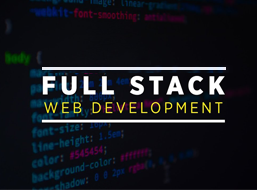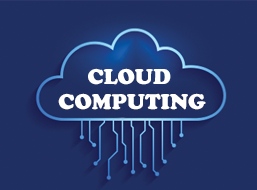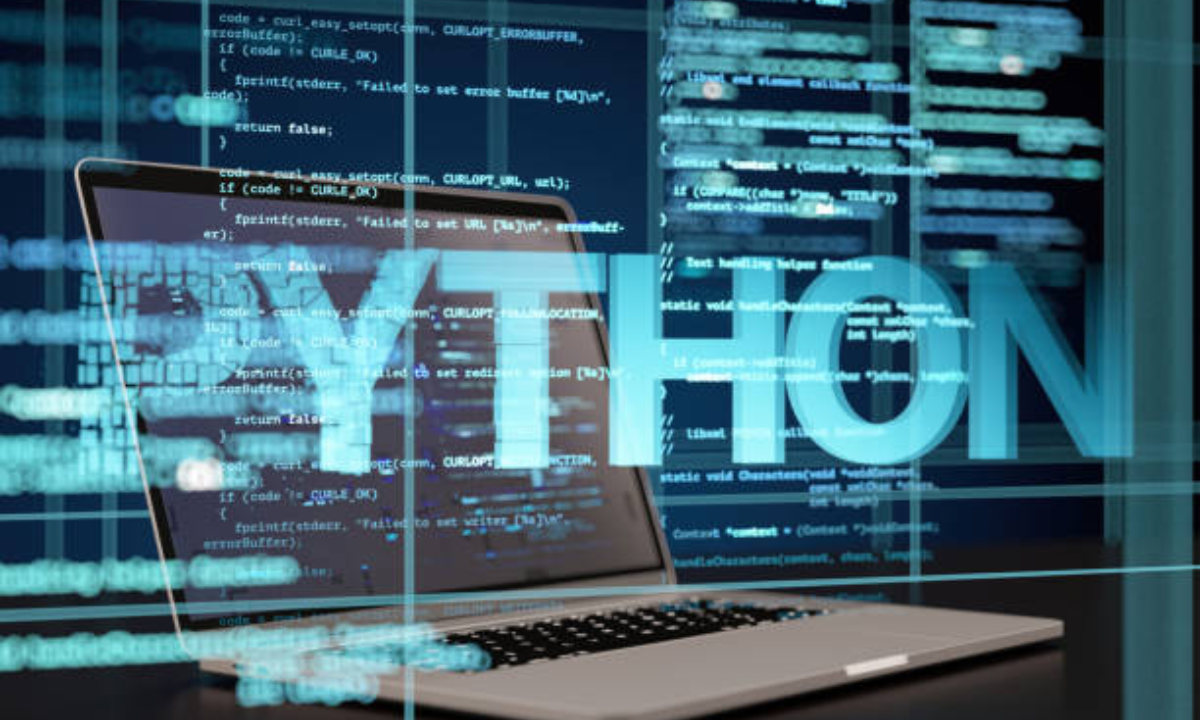Table of contents
|
1. What is Python, and what makes it special? |
|
2. How do you get Python to work, and how do you find out what version you have? |
|
3. What do we mean by variables and data types in Python? |
|
4. What is indentation in Python? |
|
5. What is the proper way to add comments in Python? |
|
6. What is PEP8, and what makes it important? |
|
7. How do you declare a function in Python, and what do they mean? |
|
8. How do lists and tuples differ? |
|
9. How can you write loops in Python? |
|
10. What does a dictionary represent in Python? |
|
11. Points about Object-Oriented Programming in Python may be explained using examples. |
|
12. What does it mean by inheritance? |
|
13. What do we mean by modules and packages? |
|
14. What do Libraries mean in Python? Come up with a few names. |
|
15. What do you do when an error or exception happens in Python? |
|
16. How should you read and write data to and from files in Python? |
|
17. What does a lambda function do? |
|
18. What does list comprehension mean? |
|
19. What does a decorator mean in Python? |
|
20. What is the best way to perform unit testing with Python? |
|
21. How can you install external packages in Python? |
|
22. How are append() and extend() different in lists? |
|
23. What do we mean by slicing in Python? |
|
24. What is a generator like in Python? |
|
25. What is the best way for someone to master Python? |
|
26. Conclusion |
Are you working toward securing your first role in Python programming? Interested in knowing what Python Interview Questions could come up? This guide will take you through the important questions and clear answers you may have in 2025. Studying by yourself or in a class, going through these questions will help you feel much more ready & confident for the test.
1. What is Python, and what makes it special?
The Python language is easy to learn and is renowned for its readability. Among its main features are:
-
Rules are simple to use
-
Typing is done at runtime.
The framework includes a broad set of pre-written code modules.
-
A big community backing
Python supports object-oriented, procedural, and functional programming.
2. How do you get Python to work, and how do you find out what version you have?
You need to install Python when using a computer.
-
Go to the official website to download Python.
-
Get the installer and open it to install.
To find the version number, open your command prompt and write the code below.
```bash
python --version
```
3. What do we mean by variables and data types in Python?
We store data using variables in Python. You do not have to make their type clear at the top of the code. There are primarily three main data types.
It is the keyword used for an integer.
The float should be used for decimals.
-
`str` to store text
-
`bool` means True/False
Lists, tuples, sets, and dictionaries are used for collections.
4. What is indentation in Python?
Using indentation is how Python groups lines of code together. Very often, curly brackets require spaces or tabs in Python, but in other languages, not so. Having correct indentation is very important, as wrong indentation causes problems.
5. What is the proper way to add comments in Python?
Single-line comments begin with the character #. If you have several lines, use either one or three hash symbols or two types of quotes.
6. What is PEP8, and what makes it important?
PEP8 is the official way that Python code should be written. It deals with naming your variables correctly, writing code in the proper format, getting imports, and setting your code out clearly. When you follow PEP8, your code will be the same and understandable to people working on your project.
7. How do you declare a function in Python, and what do they mean?
A reusable piece of code is known as a function. Define functions using the `def` keyword.
```python
def greet(name):
print("Hello,", name)
```
8. How do lists and tuples differ?
It is possible to change what is stored in a list.
-
A tuple cannot be altered.
Example:
```python
the list contains 1, 2 and 3
I created a tuple called my_tuple that contains 1, 2, and 3.
```
9. How can you write loops in Python?
Python includes `for` and `while` loops.
Example:
```python
five times, I go through numbers from 1 to 5:
print(i)
```
When you need something to happen many times in a row, loops are very useful.
10. What does a dictionary represent in Python?
A dictionary stores information as key-value pairs and starts and ends them with curly braces.
Example:
```python
student has the following details: name = “Arun” and age = 22
```
11. Points about Object-Oriented Programming in Python may be explained using examples.
Simple Explanation:
Thanks to OOPs, Python code is better organized using objects and classes, and it becomes easier to handle and use again.
Detailed Explanation:
Some of the OOPs concepts are found in Python.
-
Class: Template followed to create objects.
-
Object: A real object that is or was an instance of a class.
-
Inheritance: Using code from another class in your own.
-
Same names for functions, but these functions act differently.
-
Hiding sensitive information within a class.
-
Hiding advanced information and keeping only the main features.
You need to use OOPs concepts in Python to write code that will easily scale and be simple to manage.
12. What does it mean by inheritance?
Class inheritance is a tool for a class to copy features from another.
Example:
```python
class Animal:
def sound(self):
print("Some sound")
class Dog(Animal):
def sound(self):
print("Bark")
```
The dog is a subclass of Animal here.
13. What do we mean by modules and packages?
-
A module is a file with Python code.
-
A package consists of modules inside a directory containing the `__init__.py` file.
14. What do Libraries mean in Python? Come up with a few names.
There are libraries in Python that consist of prepared code for specific tasks. Libraries you will often come across in Python are:
-
There’s NumPy for math and working with arrays.
-
Analysis of datasets can be performed in Pandas.
-
Matplotlib supports making plots.
-
HTTP requests, post requests, get responses, and issue queries.
Libraries in Python demonstrate that you can put your knowledge to practical use.
15. What do you do when an error or exception happens in Python?
Python code deals with exceptions in a neat way by using `try` and `except` blocks.
Example:
```python
try:
10 / 0
Except ZeroDivisionError:
Write a line that shows an error occurs when dividing by zero.
```
16. How should you read and write data to and from files in Python?
To read a file, use `open()` with the `'r'` mode for reading, and to write, use `'w'` for write mode.
Example:
```python
When using the open() function, you should have a look at the mode it is being opened with.
file.read() equals data
```
17. What does a lambda function do?
A lambda function is a compact external function with no name.
```python
dimain/dwunmi/
It returns 10 when you enter print(double(5))
```
18. What does list comprehension mean?
Making lists in Python can be clear and easy using list comprehension approaches.
```python
squares = [x*x for x in range(5)]
```
It’s a better practice in Python and comes up frequently in job interviews.
19. What does a decorator mean in Python?
You can modify how a function acts by adding a decorator that begins with `@`, and the function itself does not have to be touched.
Example:
```python
def decorator(func):
def wrapper():
print("Before function")
func()
print("After function")
return wrapper
@decorator
def say_hello():
print("Hello!")
```
20. What is the best way to perform unit testing with Python?
Each code can be tested using the `unittest` module that Python includes. Python testing also uses `pytest` and `nose` tools.
21. How can you install external packages in Python?
Installing packages can be done using `pip`.
```bash
Install package type package_name using pip
```
A lot of Python interviewers will ask you to explain `pip` as a package manager for Python.
22. How are append() and extend() different in lists?
This function adds one object at the end of any list. It allows you to add all the elements of another collection.
```python
a = (1, 2)
a.append(3)
a = a.extend([4, 5]) # [1, 2, 3, 4, 5]
23. What do we mean by slicing in Python?
The slice feature takes a small slice from a list, tuple, or string in the format `[start:stop: step]`.
```python
numbers is a list made up of numbers 0, 1, 2, 3, 4 and 5.
print(numbers[1:4]) will show [1, 2, 3]
```
24. What is a generator like in Python?
Items are yielded by a generator as you access them one at a time. Dataframes don’t use as much memory as lists for large amounts of information.
25. What is the best way for someone to master Python?
-
Do a coding problem every day
-
Be part of projects
You can apply the libraries in Python to help with real-world problems.
-
Get master in Python by joining a course in Bangalore and taking part in industry projects.
Conclusion
Usually, beginner interviews revolve around Python’s basics, its OOPs features, favourite Python libraries, and common coding ways. Working on these topics and signing up for a Python Course in Bangalore will help you get a job interview and learn how to work in Python programming.
Students have the opportunity to take a comprehensive Python Course in Bangalore with Apponix. They learn with projects that industry experts have selected and receive support from experienced trainers.





